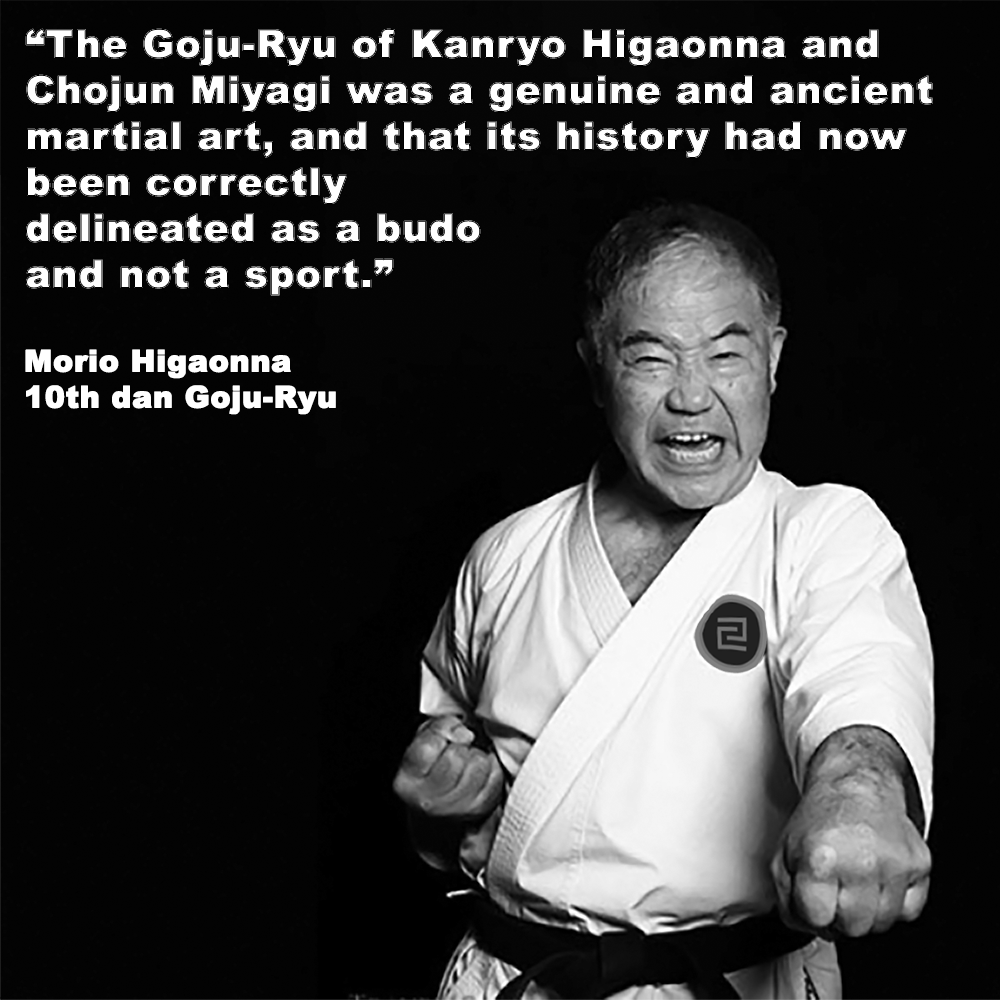
(Approx 2 minute read)
“What style do you practice?” I get asked this question when anyone learns that I practice karate. It’s also one of the first questions asked when anyone calls or messages about joining us.
.
While the question is understandable, it can sometimes be frustrating. It can feel like the focus is more on the label than on the journey that karate represents.
.
Gichin Funakoshi, the founder of Shotokan karate, and Kenwa Mabuni, the founder of Shito-Ryu, both expressed a desire for karate to be seen as a unified whole, rather than a collection of competing styles. Funakoshi believed the emphasis on styles could hinder the future development of the art, while Mabuni saw all karate as stemming from the same core principles.
.
However, styles also play a crucial role in karate. They provide a structured framework for learning, with specific techniques and forms that build a strong foundation for practice. Imagine it like learning a language. There are different dialects and accents, but they all share the same core grammar and vocabulary. Similarly, karate styles offer different expressions of the core principles that unify it.
.
As you progress on your karate journey, the specific style becomes less important. The focus shifts towards the core principles that go beyond styles. Principles are the essence of karate, guiding your development not just as a martial artist, but as a well-rounded individual.
.
For some though, their style holds significant meaning.
.
Morio Higaonna once said, “The committee of the (Nihon) Ko Budo Kyo Kai accepted, by a unanimous vote, that the Goju Ryu of Kanryo Higaonna and Chojun Miyagi was a genuine and ancient martial art, and that its history had now been correctly delineated as a budo and not a sport.”
.
This statement underscores the depth and tradition embedded in each style. Goju-Ryu, like many other styles, carries a rich history and philosophy that shapes its practice and its practitioners.
.
Ultimately, styles serve as a gateway to karate’s deeper purpose. They act as vessels carrying the wisdom, techniques, and spirit of past masters to the present generation.
.
Each style reflects the unique perspective of its founder, shaped by their experiences and philosophies. This variety is what keeps karate vibrant and engaging.
.
As you grow in your karate journey, perhaps you will begin to transcend the confines of your style. The principles of karate become more important than the specific techniques or forms.
.
While styles provide the structure and foundation necessary for learning and growth, the ultimate goal is to integrate and internalize these principles to the point where the distinctions between styles become less relevant. It’s the spirit of karate that truly matters.
.
Styles in karate are both a starting point and a pathway. They are vital in preserving its heritage and diversity. However, as we progress, our focus should shift towards the unifying principles that bind all karate-ka together, surpassing the superficial differences of any one style.
.
Every practitioners journey is unique, shaped by their chosen style and personal experiences. Reflecting on this can deepen your understanding and appreciation of your practice. So, how do you feel about your style?
.
Photo Credit: Morio Higaonna 10th dan Goju-Ryu. Quote from Dragon Times
